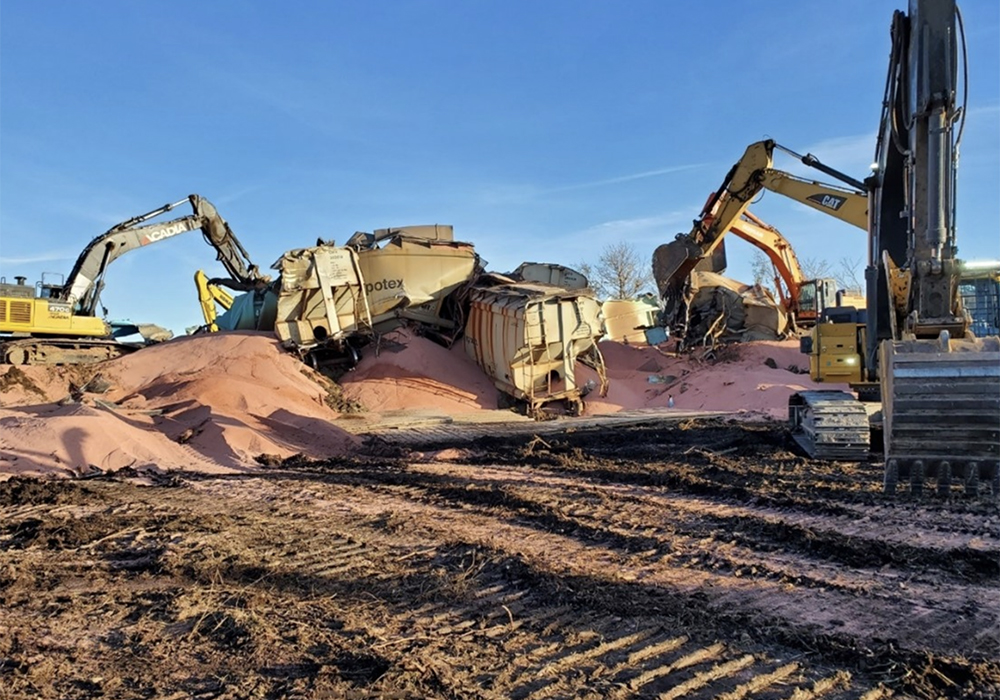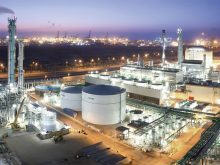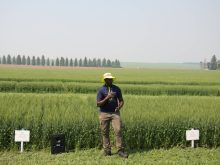REGINA — A broken rail that derailed a potash train near Silton, Sask., in 2021 had not been detected shortly before the accident.
The Transportation Safety Board of Canada said testing on the Canadian Pacific Railway line had actually exceeded regulatory requirements but didn’t pick up the problem.
The train was hauling 200 freight cars of potash when 27 of them derailed Oct. 16, 2021. Many of the cars were breached, but there were no injuries and no dangerous goods were involved.
Read Also

Why feds imposed EV tariffs
Moe and Kinew have a fight on their hands when it comes to eliminating the EV tariff. Canada has to worry about pissing off the U.S. and Mexico and hundreds of thousands of auto workers.
“The investigation determined that the train derailed when the west rail broke as a result of pre-existing fatigue cracks that had spread down to the base of the rail in a sudden overstress as the train passed over it,” the TSB said in a news release.
Rail flaw detection is reliable and cost-effective, the agency said, but “its accuracy is limited by current technology and other factors such as rail surface conditions and the size and type of defects.”

Internal defects can be missed.
The TSB said CP in 2022 implemented a Rail Integrity Non-Vital Overlay Detectors system on the Lanigan subdivision line, which is where the accident happened. This system sends automatic notifications to CP if there is a broken rail, rail gap, loose joint or rail joint pull-apart. This provides advance warnings, and trains can be stopped before something goes wrong.
Contact karen.briere@producer.com
















